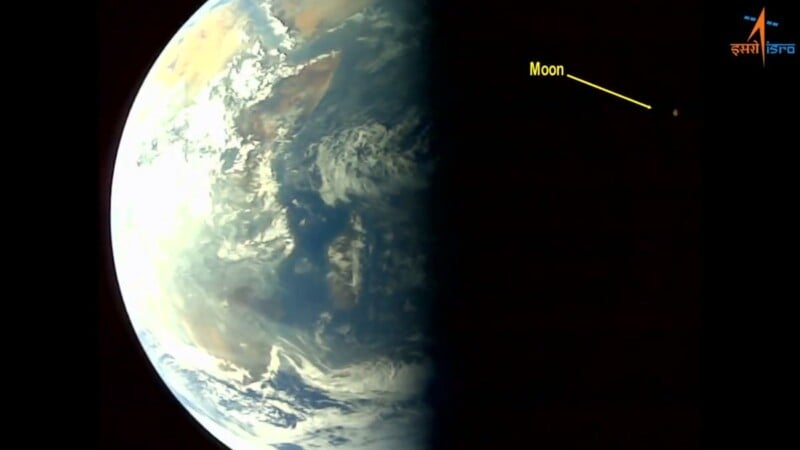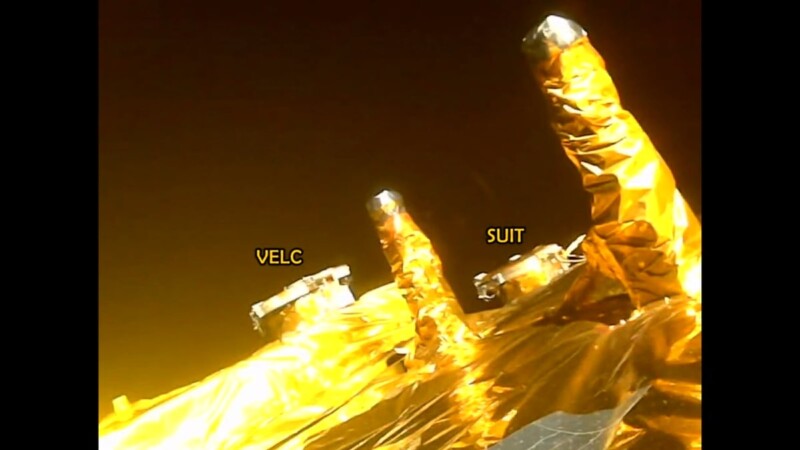India’s Aditya-L1 Probe Shares First Photos of Space On Its Way To The Sun

The Indian Space Agency (Isro) has shared the first-ever photographs sent by the country’s solar observation mission as it makes its way toward the Sun.
On September 4, Isro shared two striking images taken by a camera mounted on the Aditya-L1 spacecraft. Named after the Hindi word for the sun, Aditya-L1 is India’s first space-based solar probe.
Aditya-L1 Mission:
👀Onlooker!Aditya-L1,
destined for the Sun-Earth L1 point,
takes a selfie and
images of the Earth and the Moon.#AdityaL1 pic.twitter.com/54KxrfYSwy— ISRO (@isro) September 7, 2023
Isro released the images in the form of a video on X, the platform formerly known as Twitter.
One of the images shows the Earth and the Moon in one frame — while the Earth looms large, the Moon is a tiny speck in the distance.

The second photograph is a “selfie” of the Aditya-L1 solar probe itself — which shows two of the seven scientific instruments that are being used in the mission.
India’s Mission to The Sun
The Aditya-L1 launched on September 2 and is currently on a journey that will take it 932,000 miles from the Earth — which is around 1% of the Earth-Sun distance. Isro says that the Aditya-L1 will take around four months to reach its destination.
The BBC reports that the L1 in Aditya-L1’s name stands for Lagrange point 1 — the exact place between the Sun and Earth where the Indian spacecraft is heading.
According to the European Space Agency, a Lagrange point is a spot where the gravitational forces of two large objects – such as the Sun and the Earth – cancel each other out, allowing a spacecraft to “hover”.
Therefore, once Aditya-L1 reaches this “parking spot”, it would be able to orbit the Sun at the same rate as the Earth. This means the satellite will require very little fuel to operate.
From this vantage position, it will be able to watch the Sun constantly and carry out scientific studies.
Aditya-L1 will study the sun to help scientists understand solar activity, such as solar flares and coronal mass ejections of charged particles that can spark beautiful auroras on Earth while causing a risk to infrastructure like satellites.
Additionally, it will examine the “coronal heating problem” — meaning the sun’s mysteriously super-hot outer atmosphere, which reaches temperatures around 2 million degrees Fahrenheit.
If Aditya-L1 is successful in its mission, India will be one of a select group of countries that are already studying the Sun.
Image credits: All photos by Isro.